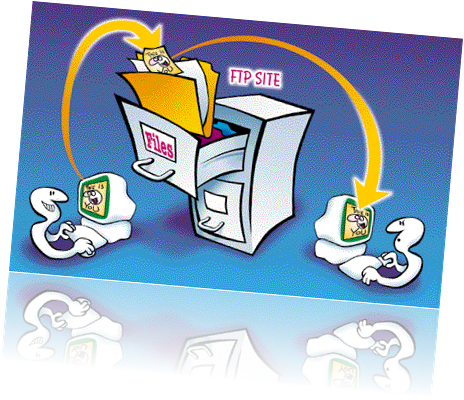Risk
Enabling FXP support, however, can make a server vulnerable to an exploit known as FTP bounce. As a result of this, FTP server software often has FXP disabled by default.
FXP over SSL
Some FTP Servers such as glFTPd, RaidenFTPd, and wzdftpd support negotiation of a secure data channel between two servers using either of the FTP protocol extension commands; CPSV or SSCN. This normally works by the client issuing CPSV in lieu of the PASV command - or by sending SSCN prior to PASV transfers -, which instructs the server to create either a SSL or TLS connection. However, both methods - CPSV and SSCN - are susceptible to Man-in-the-Middle attacks, since the two FTP servers do not verify each other's SSL certificates. SSCN was first introduced by RaidenFTPd and SmartFTP in 2003 and has been widely adopted now.




